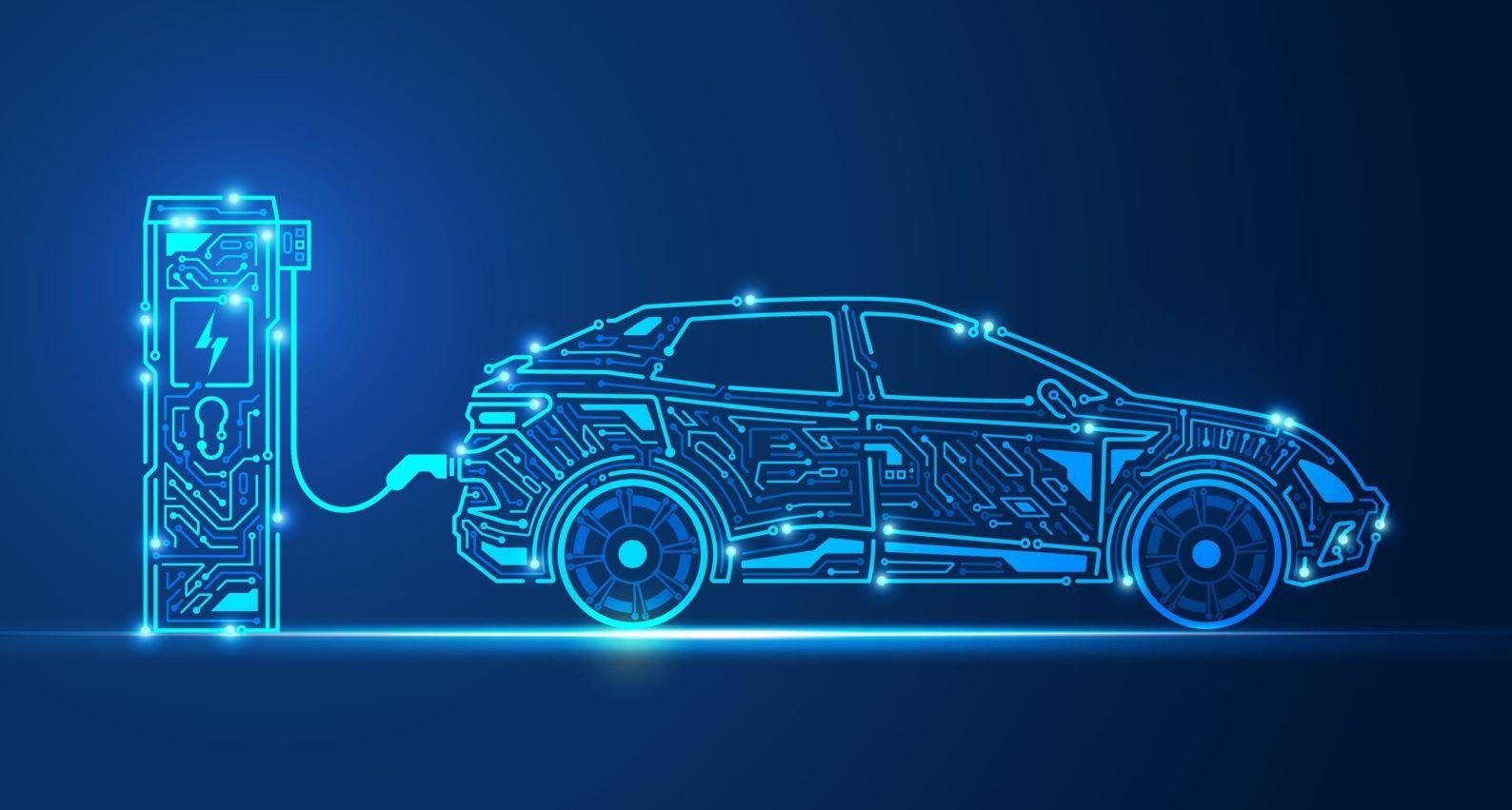
Despite their promise for a cleaner future, electric vehicles (EVs) are hitting some speed bumps on the road to mass adoption. For many consumers, the primary roadblock is a trio of practical concerns: “range anxiety,” or the fear of the battery dying mid-trip, is a major psychological hurdle. Coupled with this is a perceived lack of public charging stations, making long journeys seem daunting. Finally, the higher upfront cost compared to traditional cars remains a significant barrier, causing many potential buyers to hesitate before making the switch.
.
Information:
1. High Initial Cost
The price of electric cars and two-wheelers is significantly higher than petrol or diesel vehicles. This is mainly due to their high energy density and expensive lithium-ion batteries, which can make up 40–50% of the total cost. Other technologies like solid-state batteries are emerging as the future of EV batteries.Even with government subsidies, many consumers still find EVs unaffordable.
2. Limited Charging Infrastructure
India lacks a widespread network of public charging stations. Most cities have very few fast-charging points, and in rural areas, they are almost non-existent. This leads to “range concern” — the fear of running out of battery power during travel — discouraging many buyers.
3. Long Charging Time
EV charging time varies from 20 minutes to over 12 hours, depending on the charging level, battery size, and vehicle. A Level 1 charger (slow) can take 8–12+ hours, a Level 2 charger (fast) takes 3–6 hours for a full charge, and a Level 3 charger (rapid) can charge an EV to 80% in 20–60 minutesUnlike refueling a petrol car in a few minutes. For many Indian consumers with limited time or access to personal parking space, this becomes a major inconvenience.
4. Lack of Awareness and Trust
Many people are still not fully aware of how EVs work, their benefits, or long-term savings. There’s also skepticism about battery life, maintenance, and resale value, which makes customers hesitant to switch.
5. Insufficient Model Options
While EV options are increasing, there’s still limited variety compared to conventional vehicles. Most available EVs are either high-end or lack desired features and performance levels in the affordable range.
6. Inadequate Power Supply and Infrastructure in Rural Areas
India’s rural regions face frequent power outages and inconsistent electricity supply. This limits the practicality of EVs outside major cities and towns.
7. Battery Recycling and Replacement Concerns
Battery disposal and recycling systems are still developing. Replacing batteries after a few years can be expensive, and the absence of a robust recycling network adds environmental concerns, that is a big problem.
Final thought:
While electric vehicles (EVs) hold great promise for a cleaner and more sustainable future, their adoption in India remains limited due to factors like high initial costs, inadequate charging infrastructure, limited driving range, and lack of consumer awareness. However, with growing government support, advancements in battery technology, and increasing environmental consciousness, the future of EVs in India looks brighter. As affordability improves and infrastructure expands, electric vehicles are expected to become a common choice on Indian roads in the coming years.
